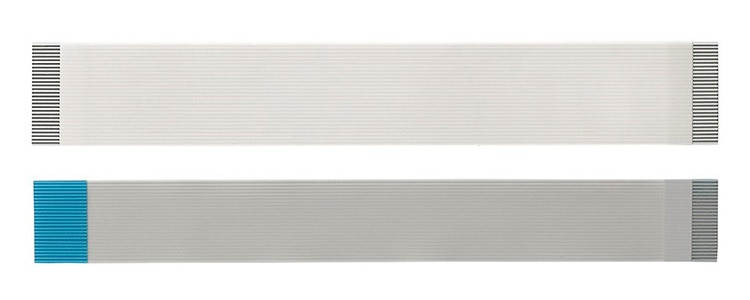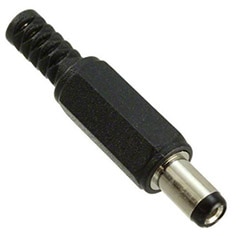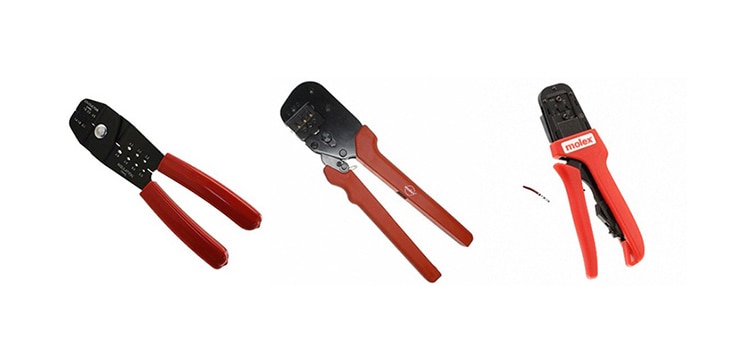How to Find a Replacement Connector
For the last five years, I have spent most of my working days on the phone or web talking with customers about a wide variety of questions and issues surrounding parts we sell at DigiKey. No area of our website is more talked about than connectors, which is not surprising with over two million parts listed in the Connector, Interconnects category. Today I wanted to share some tips on how you can find the connector you are looking for.
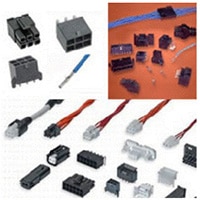 Various Molex Fit connectors. (Image source Molex)
Various Molex Fit connectors. (Image source Molex)
The first common question we get is, “I am looking for the four position Molex connector.” While not everyone may know this, we have over 500 4-position Molex rectangular housings alone. Even more frustrating for both the tech on the phone and the customer is trying to identify the type of connector based on their own important features and what the connector is used for. While a coaxial connector is often obvious, a connector in the rectangular housing category or the card edge category is sometimes difficult to describe over the phone. Pat Sagsveen put together a great Connector Tutorial in our Article Library that walks through some of our most popular types of connectors and looks at some of their various features.
The next hardship comes in measuring the connector. While an overall measurement of the connector is nice, it is often a measurement that is used to verify a connector after results have already been narrowed down. However, to be able to narrow down to a specific connector, we must at least know the type and some key measurements.
The first important measurement is the number of contacts and whether or not they are all the same size. While most connectors will have the same size contacts, it is very common in circular connectors, some rectangular connectors, and D-sub connectors to have a combination of power and signal contacts that are noticeably different in size. Once we know the number of contacts we can look at “Pitch” and “Row Spacing” if rectangular, or layout if circular.
Pitch is the measurement from the center of one contact to the center of the contact next to it. Very similar, row spacing is the measurement from the center of one contact to the center of the same contact in the next row. In many cases, this measurement is the same. However, this is not the case in all connectors. Ashley wrote a nice post on our TechForum that helps to visualize the Pitch of a Connector, with some added tips on how to take these measurements and the available tools.
Pictures of these connectors are also a big help. DigiKey has created an entire category on the TechForum that is dedicated to Part Identification. The key to a good picture though is knowing what you are looking for. Let’s look at two pictures of the same connector. While both are important, often we see only one of them.
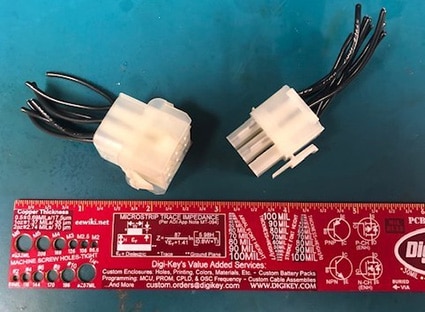
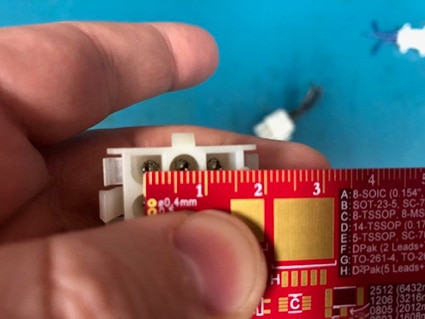
The picture on the top helps us to identify the style of connector and we can also see the latching mechanism while getting a general idea of the size. This is helpful, but to narrow down options, we must know the pitch. The picture on the bottom allows us to see that the pitch is approximately six millimeters, which narrows down the options.
Now that we know the type of connector, the number and size of contacts, and the pitch and row spacing, we have narrowed our connector options drastically. A few other features you may want to know are:
- Contact rumination (Crimp, Solder, IDC (insulation displacement connector)).
- Is the connector free hanging or is it a panel mount?
- How does the connector fasten to its mate? Many times, this is push-pull or has a latching mechanism, however, in circular connectors, you can also have bayonet and threaded housings.
With all the information above, you can use the filters on the DigiKey website to narrow down options and find a connector for your application. If you are still having problems finding your connector, knowing this information will help our team of technicians and engineers locate a connector that will help you complete your project.

Have questions or comments? Continue the conversation on TechForum, DigiKey's online community and technical resource.
Visit TechForum






